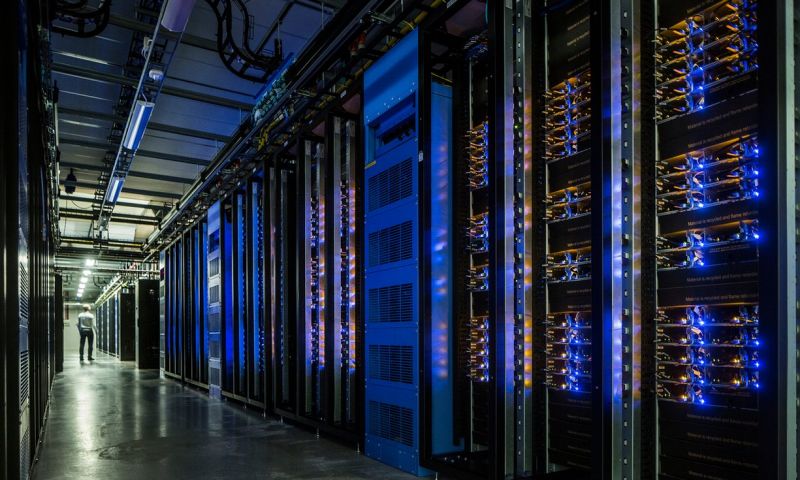Will the Internet of Things Sacrifice or Save the Environment?
Published on by Water Network Research, Official research team of The Water Network in Technology
Some devices will power themselves but the more complex will contribute to the world’s huge data storage energy bill.

The internet of things (IoT) – that ever-expanding ecosystem of digital sensors, home appliances and wearable smart devices – attracts its fair share of attention.
Speculation is rife on how the 23bn-odd (and counting) “things” will improve quality of life, streamline business operations and ultimately fuel economic benefits to the tune of up to $11tn per year by 2025.
Less often considered is the cost to the environment of such a vast network of devices. With the full extent of the IoT far from being realised, even experts are divided on whether it will spell doom or salvation for the environment.
One thing that experts can agree on is that we shouldn’t wait around to find out.
“The internet of things will be the biggest, most sophisticated piece of equipment that we’ve deployed across the planet – ever,” says telecommunications expert Kerry Hinton, former director of the Centre for Energy Efficient Telecommunications at the University of Melbourne. “That means that we’ve got to think about the potential limitations on it due to power consumption, the use of rare earth elements – all of that – from day one.”
According to Hinton, how energy hungry the IoT will be largely depends on the types of devices deployed and what they will be doing.
At one end of the spectrum, low-power, low-data transmitting devices – such as sensors that monitor when vending machines need a refill – are unlikely to send energy bills through the roof. Indeed, many of these simple devices won’t tap into a building’s mains power at all. Long-lasting batteries will do most of the work and devices that can power themselves, by tapping into sunlight, vibrations or heat, are also in development.
However, Hinton and others foresee an ecosystem of increasingly complex and energy-hungry devices emerging. Devices using video surveillance are a good example.
Not only will these devices require mains power to function, they will also contribute significantly to the growth in data coursing through the internet’s veins. According to Cisco’s visual networking index, an ongoing survey of data-consumption trends, internet video surveillance traffic almost doubled between 2014 and 2015, and is set to increase tenfold by 2020.
The problem of energy consumption will be a pernicious one, says Hinton. “These technologies on a device-by-device basis, or even a house-by-house basis, are not a significant additional contribution to overall power consumption,” he says. Multiply that across Australia though and “that’s going to boil down to another power station or another two power stations”.
Far from being energy gluttons though, IoT devices could contribute to substantial energy and water savings, according to Bettina Tratz-Ryan, green IT specialist and research vice-president at Gartner.
“Concepts like energy harvesting are a huge component of innovation that the IoT, specifically, can drive,” she says. In addition, sensors will allow smart buildings to ramp up temperature controls when needed, dim lights when nobody’s around and alert maintenance crews to water leaks as soon as they happen.
This is exactly the kind of application fledgling IoT company SkyGrid is developing. “There’s a lot of gimmicky stuff out there but we’re interested in something that changes and improves the world,” says the company’s chief executive, Rory Gleeson.
SkyGrid, which is based in Melbourne and Sydney, is developing a smart hot-water system in partnership with hot-water company Quantum Energy. The aim is to intelligently control when a building’s hot-water systems are switched on, so that energy isn’t wasted heating water when no one is around to use it – something that currently wastes as much as 50% of a system’s power.
Read full article at: The Guardian
Media
Taxonomy
- Water-Energy Nexus
- Sustainability
- Energy-Water Nexus
- Energy
- Internet
- Data